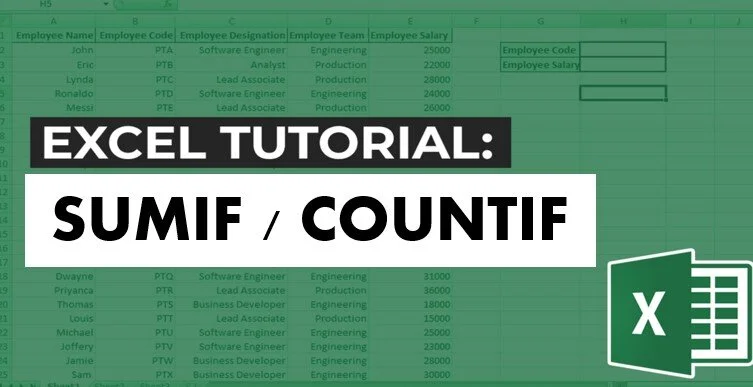Five (5) Excel Interview Mistakes
Going into an interview at any stage of your career is a challenge. Sure, you can improve and develop to thrive in them, but interviews will always require preparation and readiness.
Knowing what to do is widely known and preached, but what not to do is just as important. We’ll go over five (5) key Excel mistakes that are continuously done during interviews all over the globe.
We have a video on this discussion if you’d like to follow along that way: Click Here for Video
Not Knowing the Shortcuts
There is a chance that the interviewer will be watching you complete the Excel test/task that is used to judge your Excel skills. Completing the tasks successfully is important, but how you complete the tasks is just as essential. Because of this, we recommend that you understand the key built-in shortcuts within Excel.
Although there are dozens of shortcuts within the program, we recommend knowing the ones below as a minimum.
Copy: CTRL-C (This will allow you to copy a cell)
Paste: CTRL-P (This will allow you to paste a cell)
Select Data: CTRL-Shift-Arrow (This will allow you to quickly select data instead of manually highlighting it)
2. Bad Presentation / Not Formatting
It’s easy for you to explain that you have strong organizational and presentation skills. Prove it during your Excel task(s). Make sure to format and structure the data in an orderly fashion.
See the difference?
The first table has sloppy formatting, the column width is too small, the header color isn’t necessarily pleasing, and the numbers aren’t optimally formatted. Make sure you format the data accordingly before starting a task, it will make a strong impression on the interviewer.











